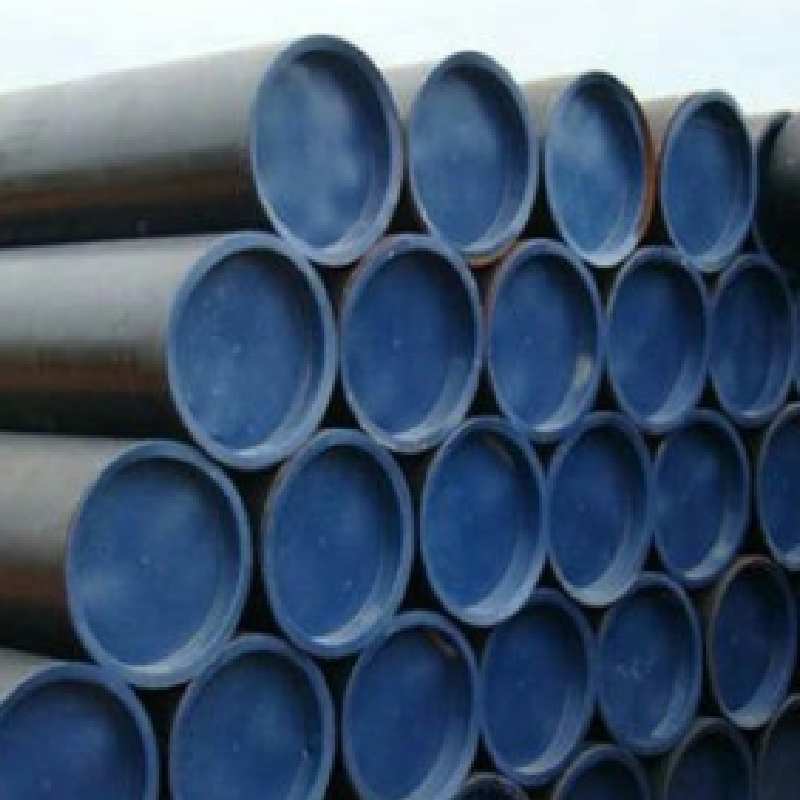-
Cangzhou Yulong Steel Co., Ltd.
-
Phone:
+86 13303177267 -
Email:
admin@ylsteelfittings.com
- English
- Arabic
- Italian
- Spanish
- Portuguese
- German
- kazakh
- Persian
- Greek
- French
- Russian
- Polish
- Thai
- Indonesian
- Vietnamese
- Zulu
- Korean
- Uzbek
- Hindi
- Serbian
- Malay
- Ukrainian
- Gujarati
- Haitian Creole
- hausa
- hawaiian
- Hebrew
- Miao
- Hungarian
- Icelandic
- igbo
- irish
- Japanese
- Javanese
- Kannada
- Khmer
- Rwandese
- Afrikaans
- Albanian
- Amharic
- Armenian
- Azerbaijani
- Basque
- Belarusian
- Bengali
- Bosnian
- Bulgarian
- Catalan
- Cebuano
- China
- China (Taiwan)
- Corsican
- Croatian
- Czech
- Danish
- Esperanto
- Estonian
- Finnish
- Frisian
- Galician
- Georgian
- Kurdish
- Kyrgyz
- Lao
- Latin
- Latvian
- Lithuanian
- Luxembourgish
- Macedonian
- Malgashi
- Malayalam
- Maltese
- Maori
- Marathi
- Mongolian
- Myanmar
- Nepali
- Norwegian
- Norwegian
- Occitan
- Pashto
- Dutch
- Punjabi
- Romanian
- Samoan
- Scottish Gaelic
- Sesotho
- Shona
- Sindhi
- Sinhala
- Slovak
- Slovenian
- Somali
- Sundanese
- Swahili
- Swedish
- Tagalog
- Tajik
- Tamil
- Tatar
- Telugu
- Turkish
- Turkmen
- Urdu
- Uighur
- Welsh
- Bantu
- Yiddish
- Yoruba

Nov . 06, 2024 17:17 Back to list
Understanding ANSI B16.5 Specifications for RF Flanges in Industrial Applications
Understanding ANSI B16.5 RF Flanges Specifications and Applications
When it comes to piping systems, flanges play a crucial role in ensuring the integrity and reliability of connections. Among the various standards set for flanges, ANSI B16.5 is one of the most important, particularly for the manufacturing and application of raised face (RF) flanges. This article explores the significance of ANSI B16.5 RF flanges, their specifications, and their applications in different industries.
What is ANSI B16.5?
The American National Standards Institute (ANSI) B16.5 standard specifies the requirements for flange design, materials, dimensions, and tolerances for flanges used in pressure systems. This standard includes a variety of flange types, including weld neck, slip-on, blind, and, prominently, raised face (RF) flanges. ANSI B16.5 covers flanges ranging from ½ inch to 24 inches in diameter and includes a range of pressure ratings, from Class 150 to Class 2500.
What are Raised Face Flanges?
Raised Face flanges, as the name suggests, feature a raised area around the bore. This design enhances the sealing surface for gaskets, providing a better and more reliable seal than flat face flanges. The raised face is typically 1/16 inch higher than the flange's body, allowing for more effective contact with the gasket, thus minimizing the risk of leaks. The RF design is particularly advantageous in high-pressure applications where maintaining integrity and leak prevention are critical.
Specifications and Standards
According to ANSI B16.5, the specifications for RF flanges include several critical parameters
1. Dimensions The standard outlines the exact dimensions of the flanges, ensuring compatibility with pipes and fittings. This includes the outside diameter, bolt hole diameter, and bolt circle dimensions. 2. Material Standards Various materials can be used for RF flanges, including carbon steel, stainless steel, and alloy steel. The material must meet specific strength, temperature, and corrosion resistance requirements.
3. Pressure Ratings Flanges are rated for their maximum pressure capacity, which must align with the system's operational pressures. This rating directly influences the design choices made by engineers when selecting flanges for a given application.
4. Manufacturing Processes The standard specifies the manufacturing processes that must be followed to ensure the production of high-quality flanges that can withstand pressure and temperature fluctuations.
Applications of ANSI B16.5 RF Flanges
ansi b16 5 rf

Due to their versatile design and reliable sealing properties, ANSI B16.5 RF flanges are employed in numerous industries, including
- Oil and Gas In oil and gas pipelines, RF flanges are essential for connecting various components such as pipes, valves, and pumps, where leak prevention is critical due to the hazardous nature of the materials being transported.
- Chemical Processing The chemical industry relies heavily on RF flanges to manage harsh chemicals and extreme temperatures. The robust sealing capabilities of RF flanges help mitigate risks associated with leaks and spills.
- Water Treatment In water treatment facilities, RF flanges are used to connect piping systems that transport water for treatment and distribution, ensuring system integrity and performance.
- HVAC Systems Heating, ventilation, and air conditioning systems utilize RF flanges to connect various system components, enabling efficient airflow and cooling.
Advantages of ANSI B16.5 RF Flanges
1. Improved Sealing The raised face design provides a larger sealing area for gaskets, resulting in superior sealing performance.
2. Versatility RF flanges can be used in a wide range of applications across industries, from low to high-pressure systems.
3. Ease of Installation The standardization of dimensions and specifications simplifies the installation process, reducing the potential for errors.
Conclusion
ANSI B16.5 RF flanges are a foundational component in engineering and industrial applications, ensuring secure and leak-free connections in piping systems. Their robust design and adherence to standardized specifications make them an excellent choice for various industries, contributing significantly to operational efficiency and safety. Understanding the characteristics and applications of RF flanges is essential for engineers and professionals involved in design, manufacturing, and maintenance of piping systems.
Latest news
-
ANSI 150P SS304 SO FLANGE
NewsFeb.14,2025
-
ASTM A333GR6 STEEL PIPE
NewsJan.20,2025
-
ANSI B16.5 WELDING NECK FLANGE
NewsJan.15,2026
-
ANSI B16.5 SLIP-ON FLANGE
NewsApr.19,2024
-
SABS 1123 FLANGE
NewsJan.15,2025
-
DIN86044 PLATE FLANGE
NewsApr.19,2024
-
DIN2527 BLIND FLANGE
NewsApr.12,2024
-
JIS B2311 Butt-Welding Fittings LR/SR 45°/90° /180°Seamless/Weld
NewsApr.23,2024











